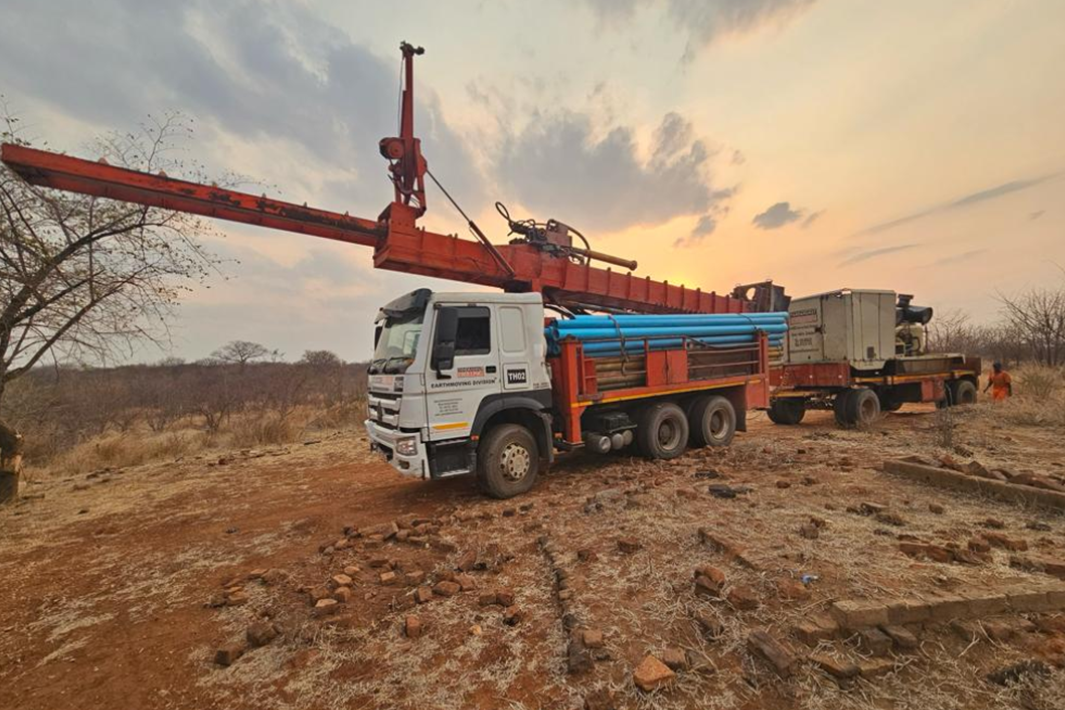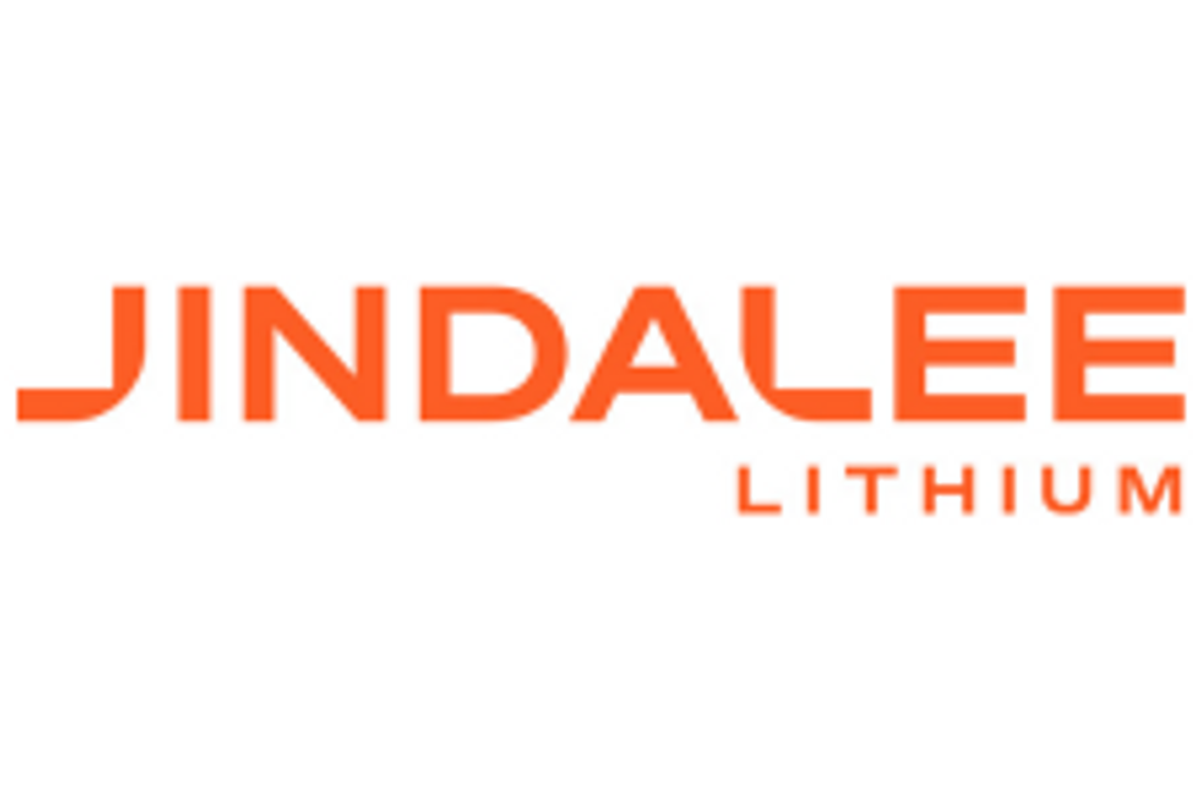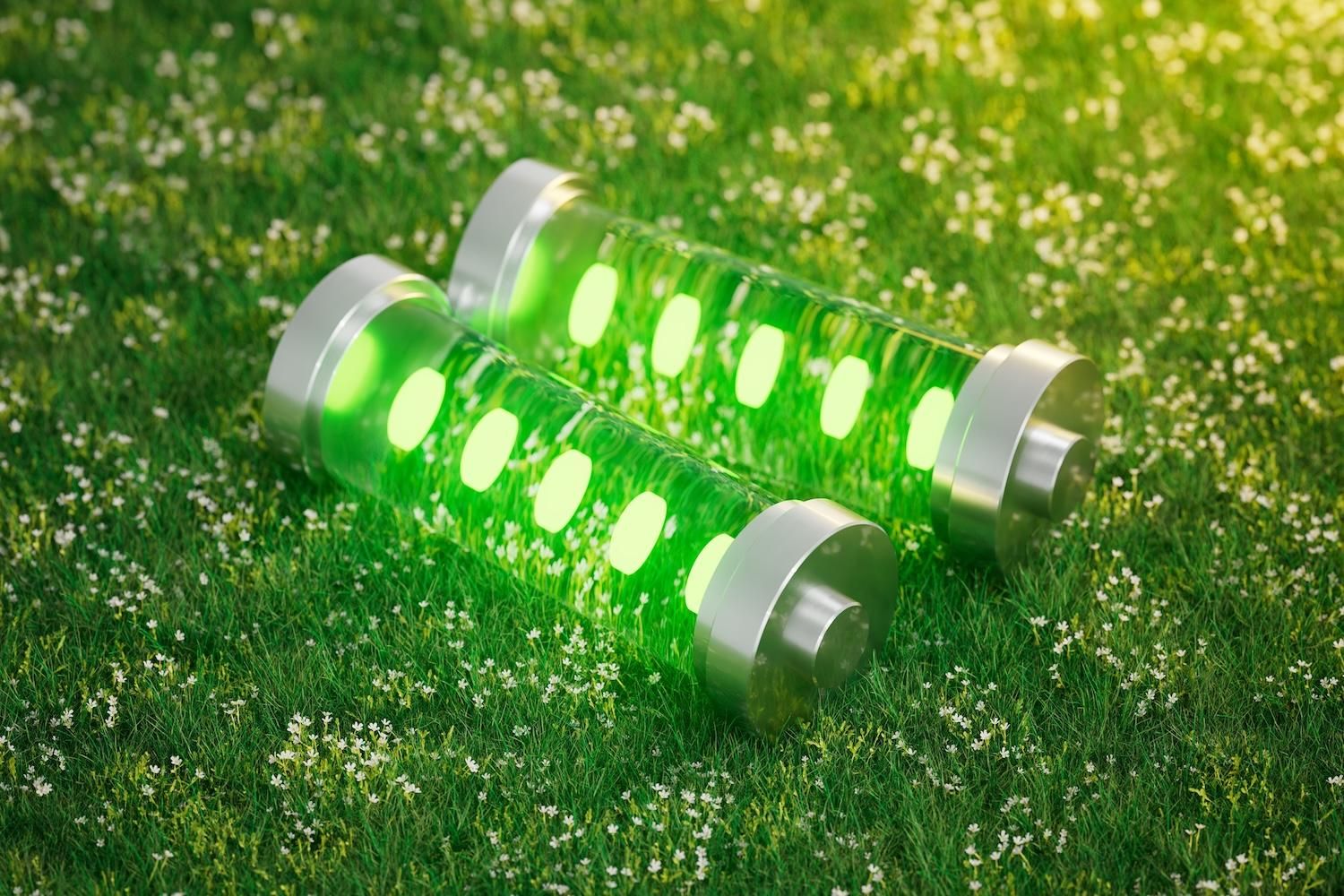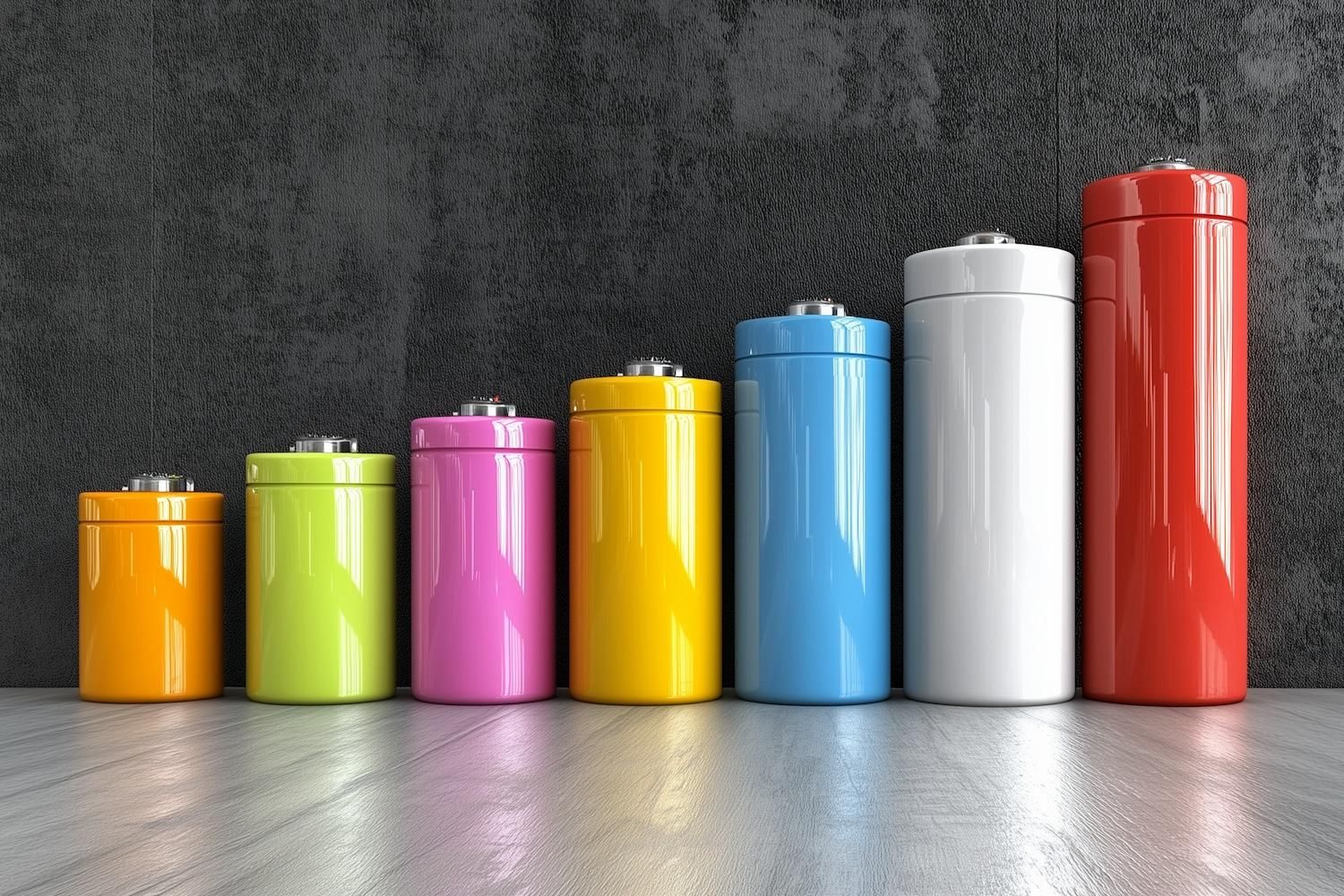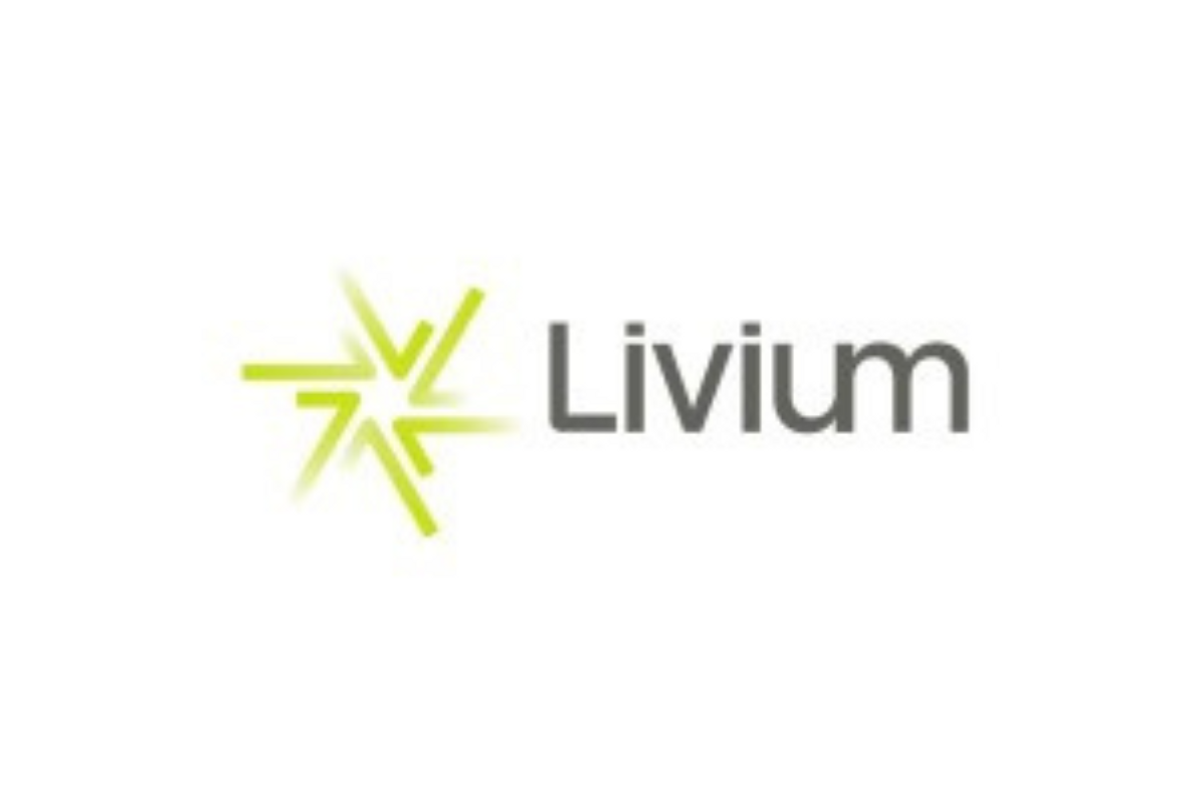
January 27, 2025
Livium Ltd (ASX: LIT) ("Livium" or the "Company") wishes to provide a strategic update in response to progress that had been made to shift our various technologies to important inflection points for growth. Livium’s strategy is now focussed on strategic partnering initiatives which will facilitate the ongoing growth and development of the Company’s technologies. With a more focussed set of actions, a review of the business has been undertaken to explore options to reduce costs.
HIGHLIGHTS
- Strategic focus on scaling Envirostream, the Battery Recycling division, due to the potential of increased recycling volumes and cashflows over the years ahead
- Battery Recycling: Continued safe operations, growing volumes and operating profits, and seek partners to scale operations in line with the expected waste outlook
- Livium is well advanced on the near-term commercialisation pathways of its other technologies:
- Battery Materials: Defined pathway for development of an Australian LFP demonstration plant with funding to be secured directly into VSPC from strategic partners
- Lithium Chemicals: Complete JDA activities with MinRes, including assessment of alternate commercialisation pathways and selection of the preferred lithium product
- Restructuring of the organisation and cost reductions being undertaken with estimated annual ongoing savings of A$1.5m
Comment regarding the strategic update from Livium CEO and Managing Director, Simon Linge
"We have advanced our strategy to inflection points, with the next phases of growth for each division requiring strategic partners to underpin their growth and development. With a focus on strategic growth partners, we have reviewed our resourcing and made the decision to restructure our organisation and reduce costs.
Livium remains committed to delivering returns for shareholders. Whilst organisational changes may impact our ability to react to opportunities, right sizing the organisation assists in resetting the Company's cost base to become sustainable over this critical period."
NEAR TERM PLANS
The following activities have been identified as key to delivering value in the near term:
- Battery Recycling: Continued safe operations, growing end-of-life volumes, and seeking partners to scale operations in line with the expected waste outlook and to expand into related services
- Battery Materials: Secure funding for an Australian LFP demonstration plant from government and private strategic partners, who will invest directly into VSPC
- Lithium Chemicals: Complete JDA activities with MinRes, including assessment of alternate commercialisation pathways and selection of the preferred lithium product
- Corporate: Complete implementation of organisation restructure and other cost saving initiatives.
BATTERY RECYCLING GROWTH OUTLOOK
The Battery Recycling division generates revenue today, is the largest recycler of lithium-ion batteries in the country, draws on our technical expertise to provide value-added services and has strong commercial relationships. Strategic focus is being placed on Battery Recycling, through Envirostream, due to the potential of increased recycling volumes over the coming years.
During CY2024, Envirostream successfully increased volumes of EV' andESS2 with most of the volume being received under exclusive customer arrangements. Over CY2024, Envirostream collected 736k tonnes of large format batteries and it is estimated that there are five times these volumes available today which are increasingly expected to be recycled due to consumer demand and government regulation. In their Battery Market Analysis, B-cycle show how EV and ESS batteries are expected to dominate3.
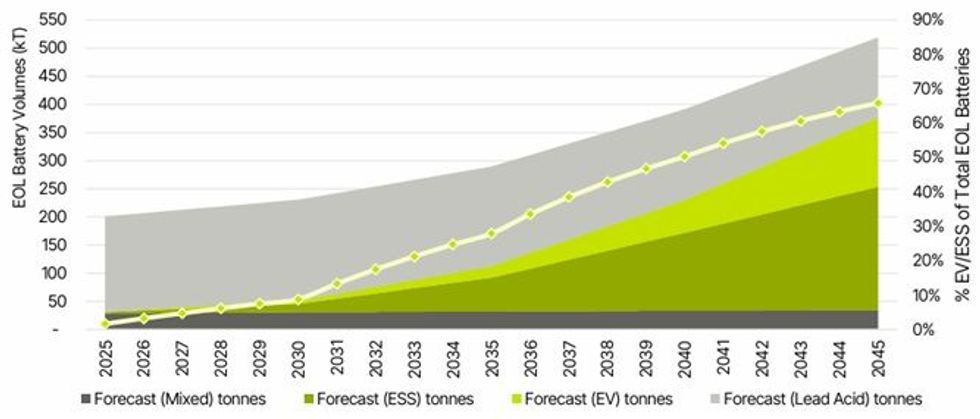
Focusing on only EV / ESS for the balance of the decade demonstrates the near-term opportunity for Envirostream collections growth relative to current performance.
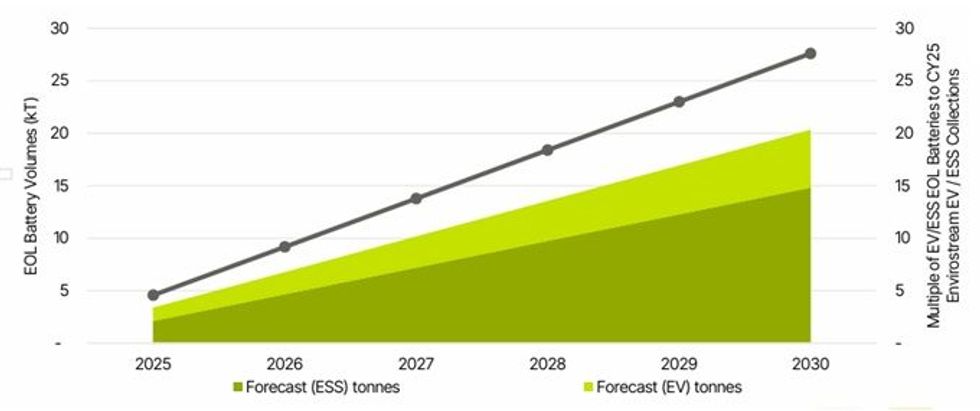
The near-term outlook for Envirostream is positive, enabling increases of volumes collected and processed, and providing an opportunity to expand our service offerings in line with market requirements.
To accommodate expectations of market growth, the business intends to explore deploying growth capital to improve operating efficiencies and expand capacity. The company has appointed advisors to coordinate discussions around partnership and growth funding options, which includes both strategic partners and other financiers.
Click here for the full ASX Release
This article includes content from Livium Ltd, licensed for the purpose of publishing on Investing News Australia. This article does not constitute financial product advice. It is your responsibility to perform proper due diligence before acting upon any information provided here. Please refer to our full disclaimer here.
The Conversation (0)
10 December
Rock Bottom: Strategic Window for Ground-level Lithium Investment
When lithium prices hit bottom, savvy investors know that’s exactly where the next big discovery begins — literally. Beneath the surface of global markets and remote exploration grounds, new opportunities are forming in the wake of a sharp price reset and renewed geopolitical urgency.Recent... Keep Reading...
10 December
Liontown Resources Pens Lithium Offtake Agreement with China's Canmax
Liontown Resources (ASX:LTR,OTC Pink:LINRF) has executed a binding offtake agreement with Chinese conglomerate Canmax Technologies (SZSE:300390) as part of its strategy to diversify its customer base.“Listed on the Shenzhen Stock Exchange, Canmax is one of the world’s leading manufacturers of... Keep Reading...
08 December
Trading Halt
Jindalee Lithium (JLL:AU) has announced Trading HaltDownload the PDF here. Keep Reading...
05 December
Livium Receives A$663k in RsD Tax Incentive Rebates for VSPC
Livium Ltd (ASX: LIT) (“Livium” or the “Company”) advises that it has received A$663,000 in research and development ("R&D") tax incentive rebates from the Australian Tax Office for the 2025 financial year ("FY25"), relating to its wholly owned subsidiary VSPC Pty Limited ("VSPC"). The rebate... Keep Reading...
01 December
Why SQM Says Social Dialogue is Key to Sustainable Lithium
As scrutiny continues to intensify across the battery metals supply chain, the conversation around sustainability has moved far beyond carbon footprints. At this year’s Benchmark Week, Stefan Debruyne, director of external affairs at Sociedad Quimica y Minera de Chile (SQM) (NYSE:SQM), made that... Keep Reading...
27 November
Battery Storage Market Surging as Electricity Demand Enters New Era
Speaking at Benchmark Week, Iola Hughes, head of battery research at Benchmark Mineral Intelligence, outlined a market that is undergoing “very strong growth" and becoming indispensable to energy security.Hughes described energy storage as the fastest-growing segment in the battery sector today.... Keep Reading...
Latest News
Latest Press Releases
Related News
TOP STOCKS
American Battery4.030.24
Aion Therapeutic0.10-0.01
Cybin Corp2.140.00
